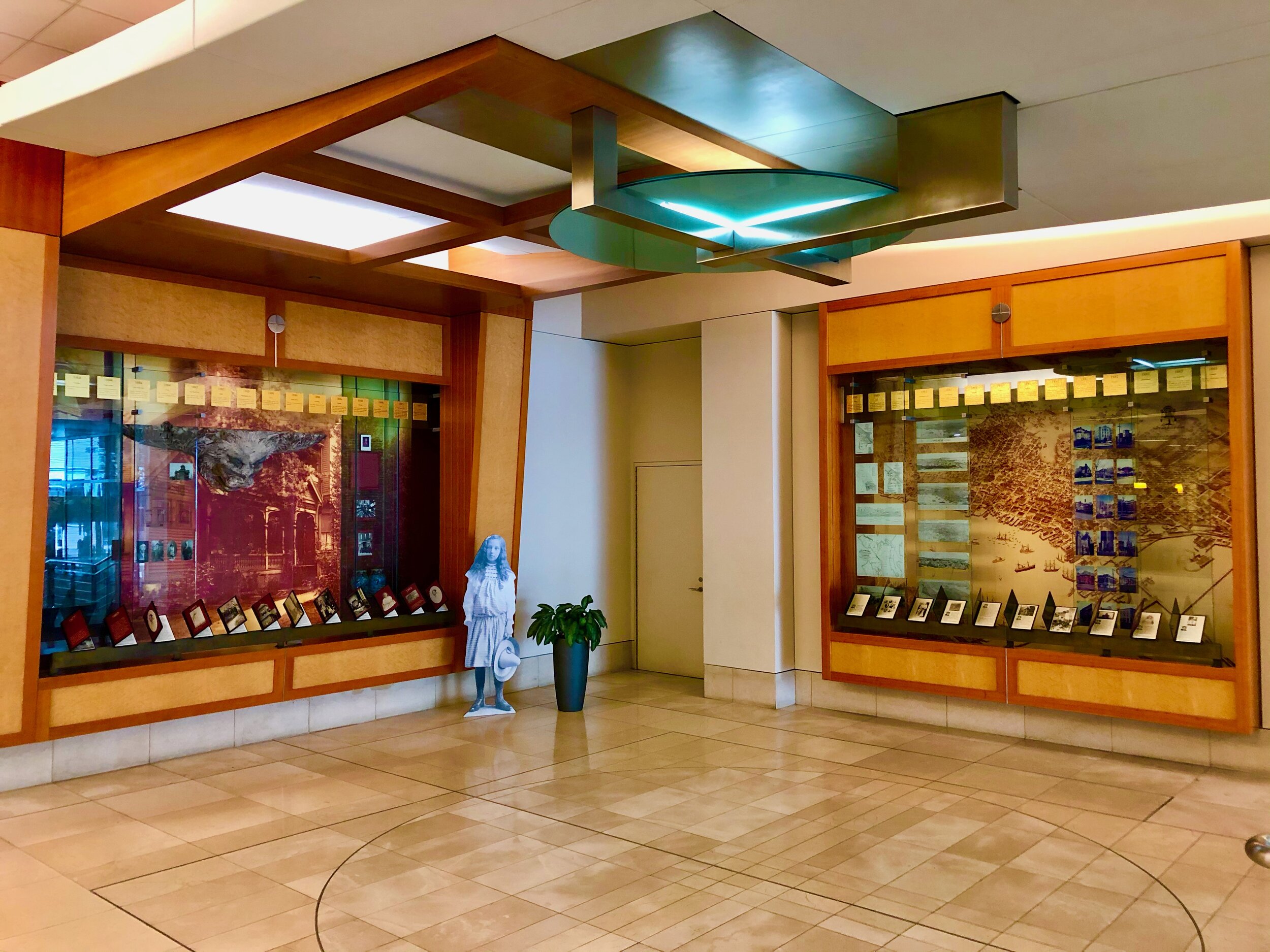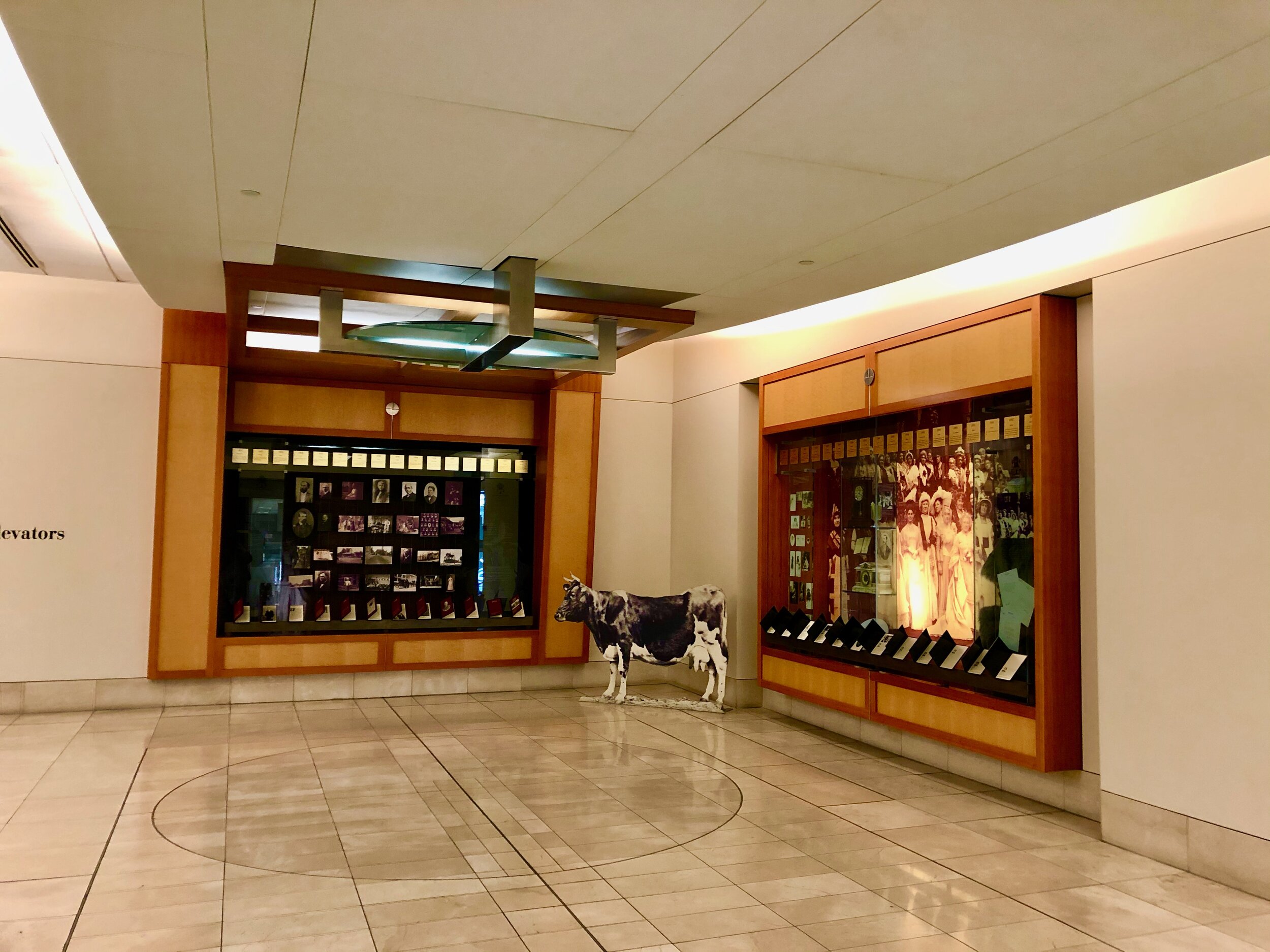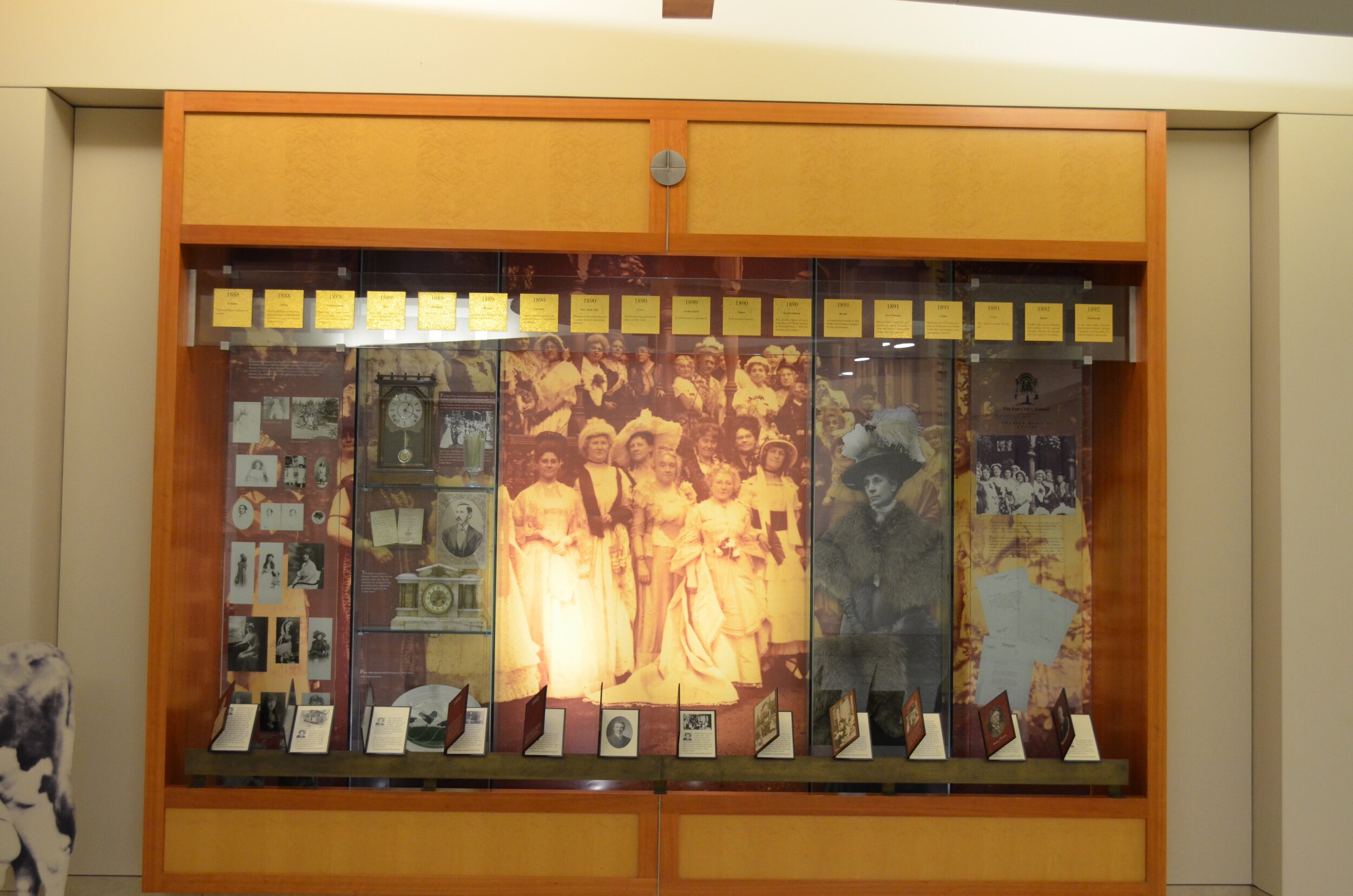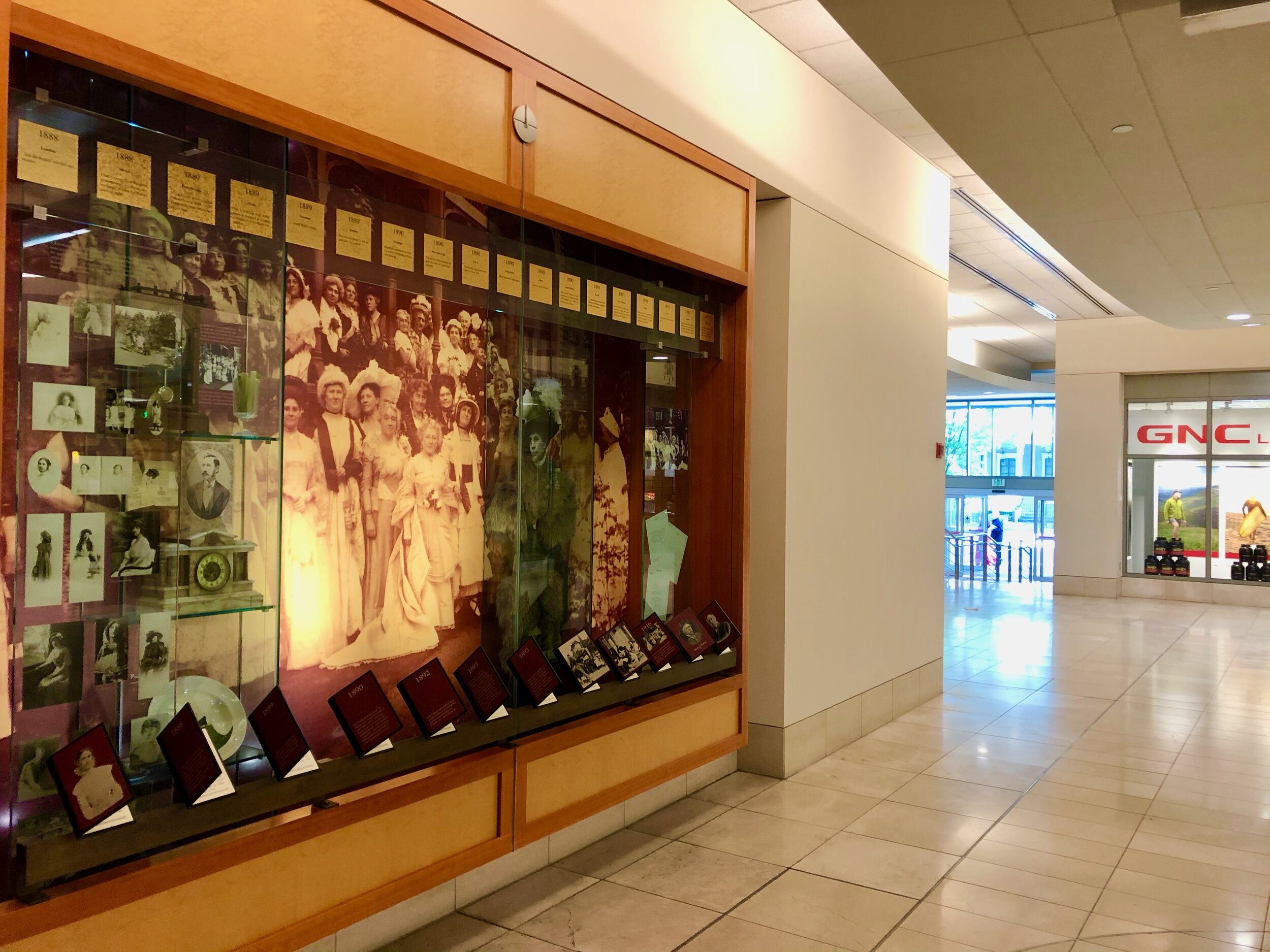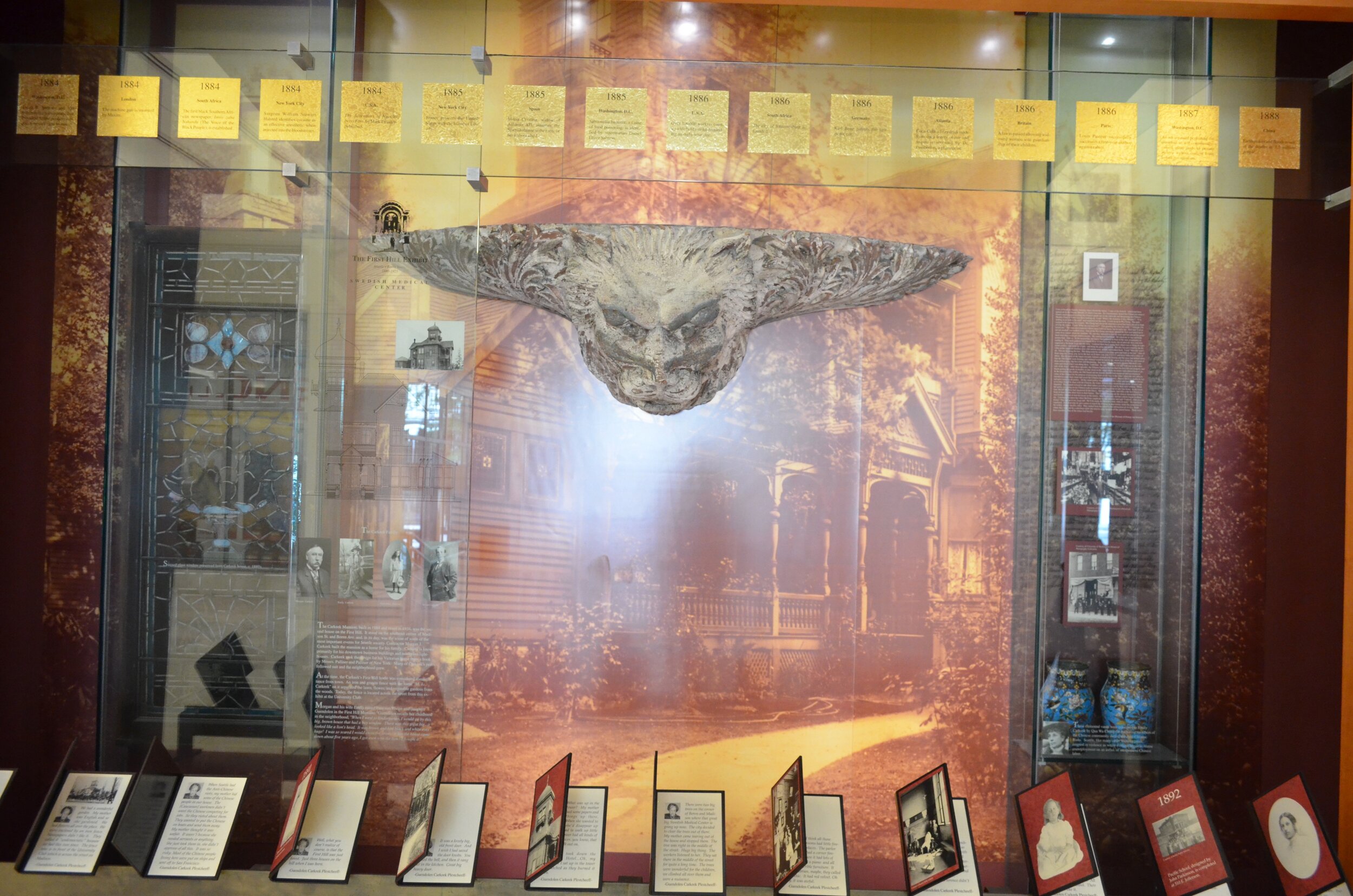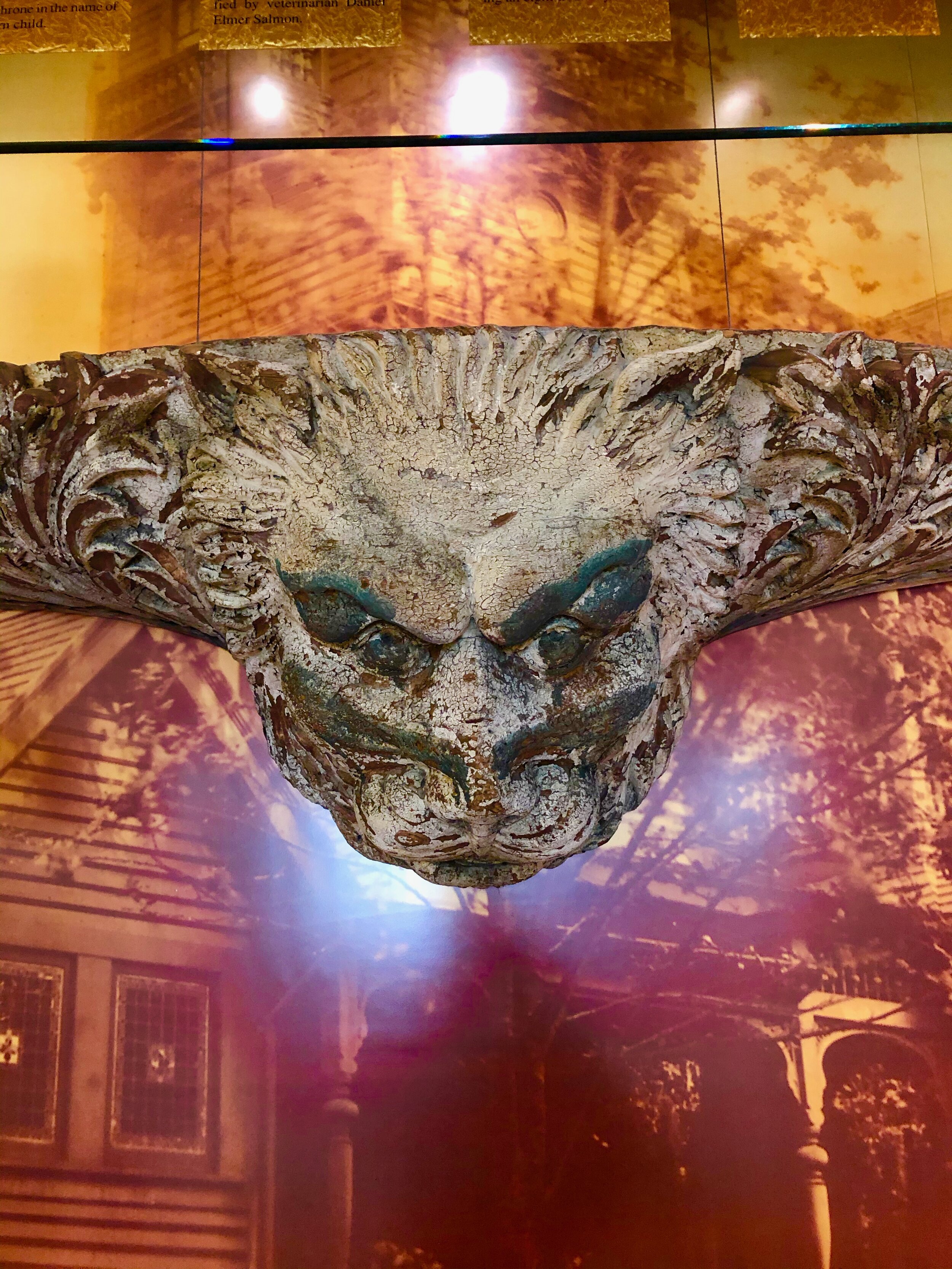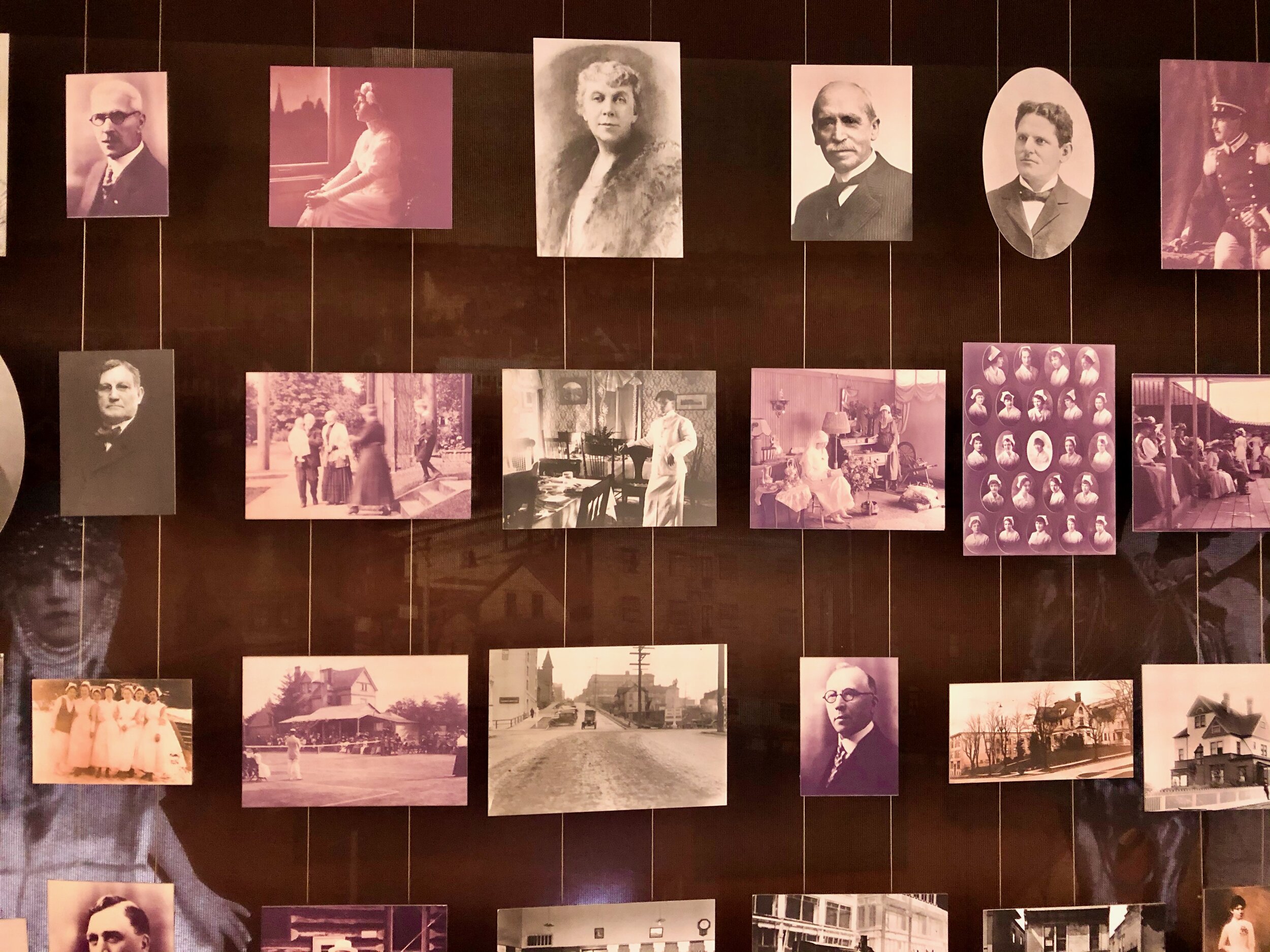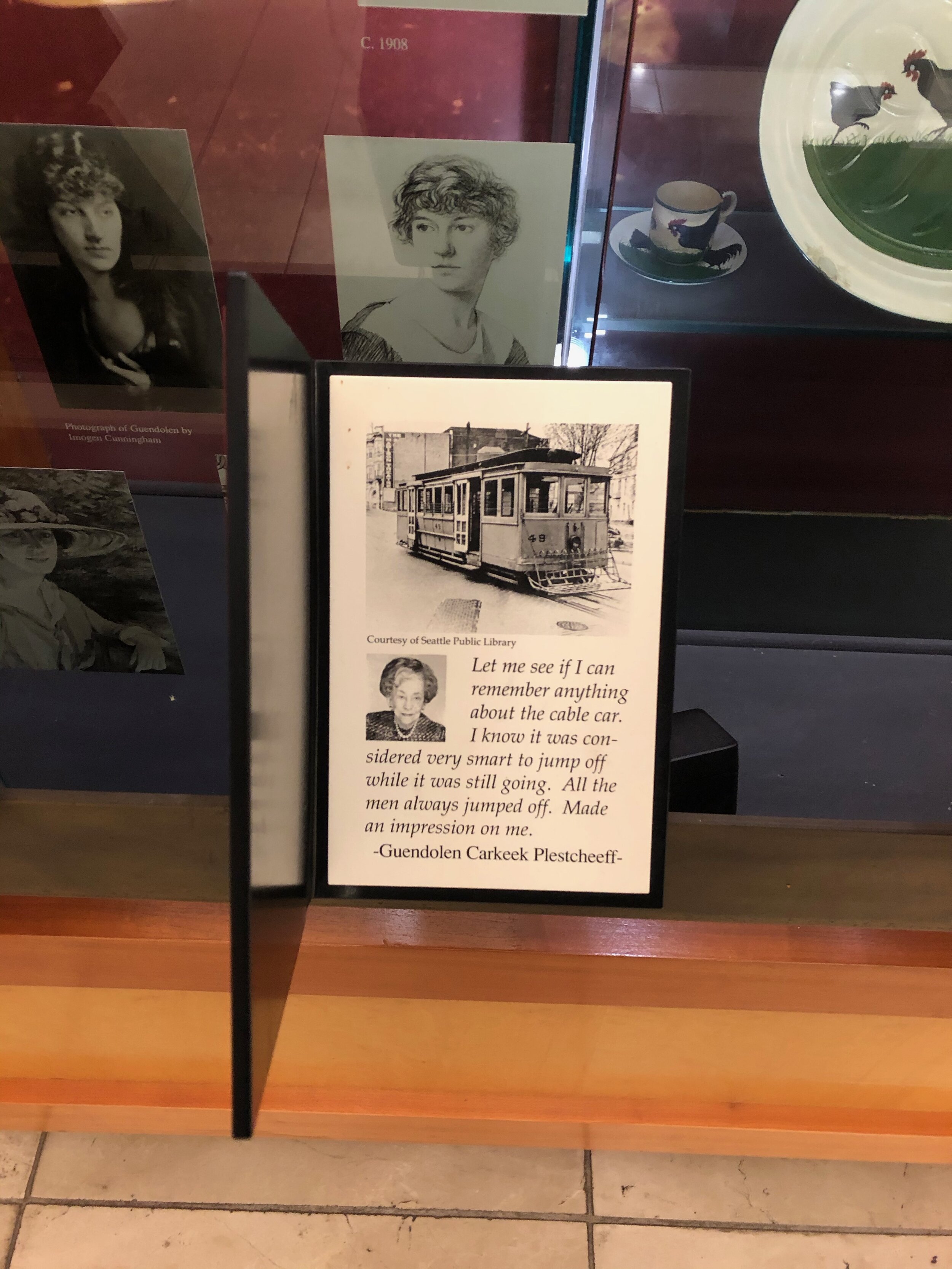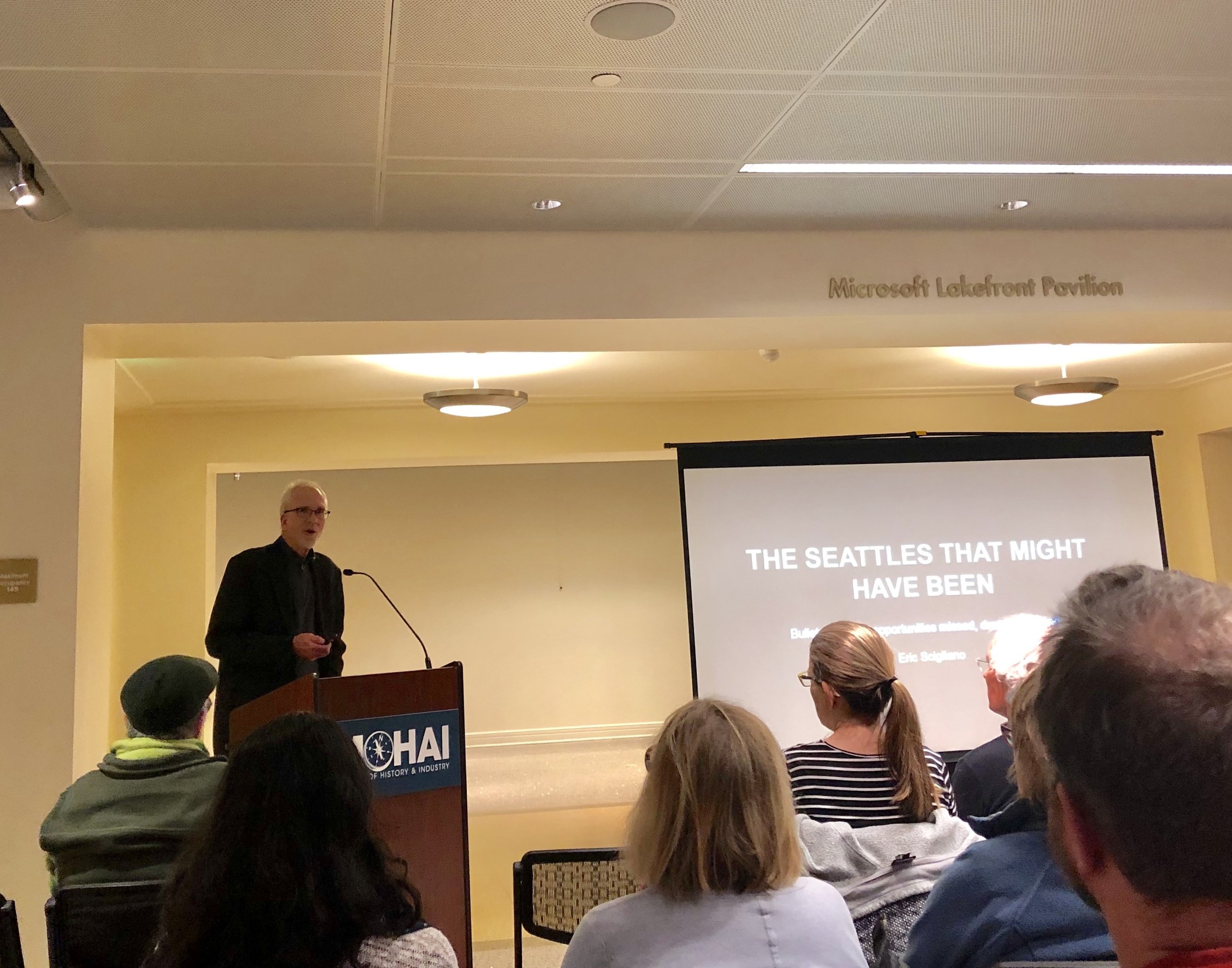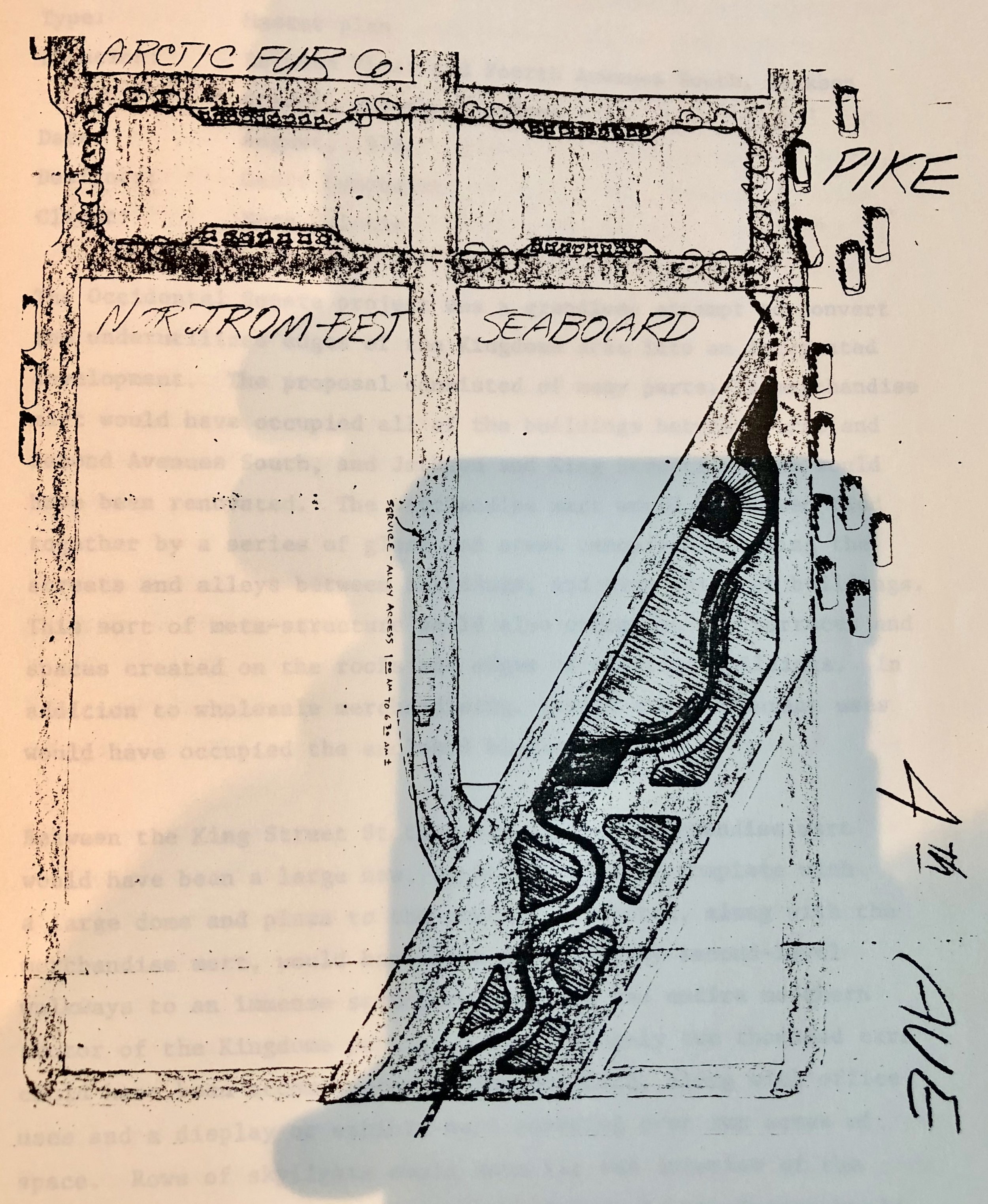The First Hill Exhibit
A public exhibit, “The First Hill Exhibit: Seattle's Boom Years, 1880-1925,” permanently on display in Swedish Hospital’s lobby at the corner of Boren Avenue and Madison Street, vividly illustrates what the neighborhood was like, replete with wooden sidewalks, cable cars, and ornate residential architecture. The First Hill neighborhood served as an exclusive enclave for prominent Seattle families, including the Stimsons, Greens, Dearborns, and others. Apartment buildings and medical facilities replaced the mansions as the “first” families moved away in the first decades of the twentieth century.

